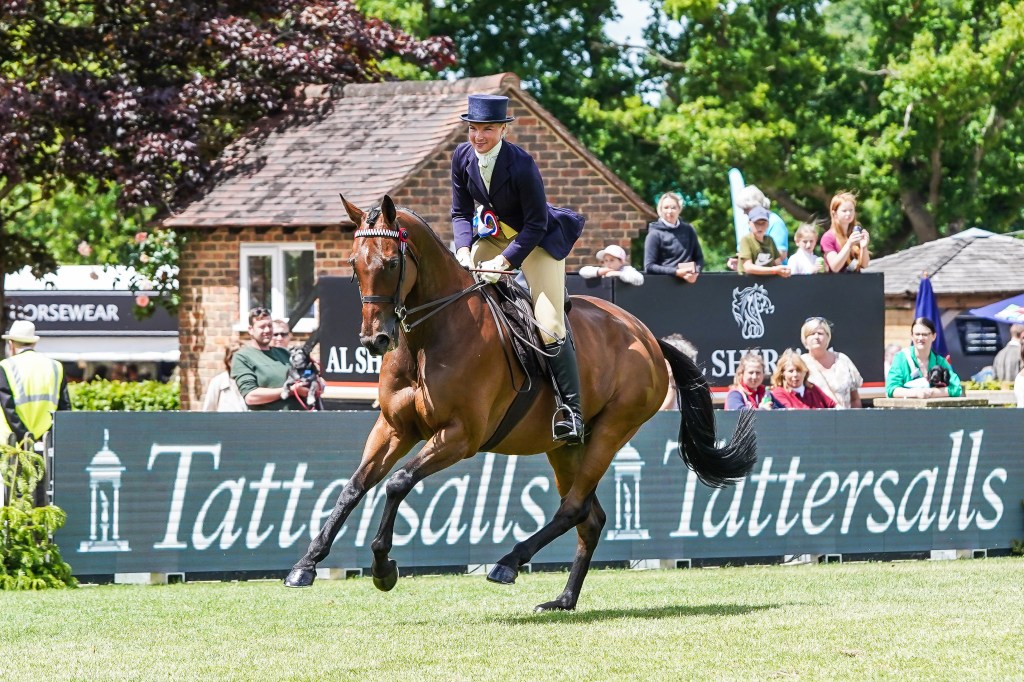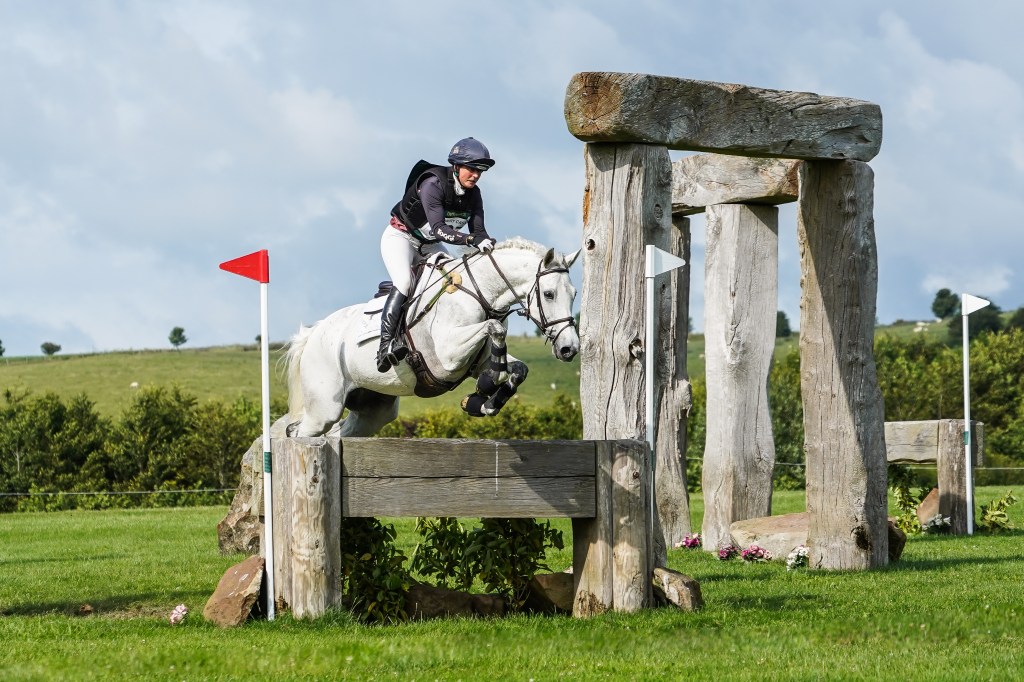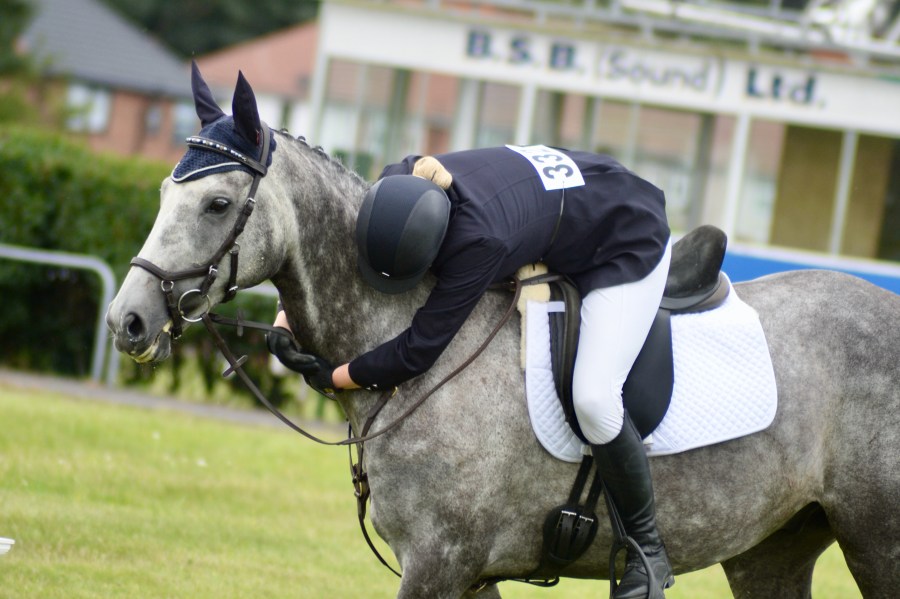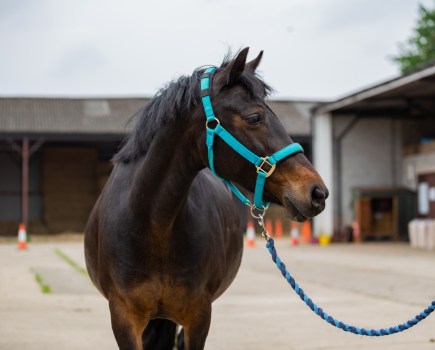The results of Britain’s first Thoroughbred Census have been shared, revealing “invaluable information” on the lives thoroughbreds lead after leaving racing. The 2023 Census, undertaken by Hartpury University has confirmed the versatility of these horses as they move into a range of second careers, and the long and rewarding lives they can lead when they come off the track.
The initiative — launched by British racing’s Horse Welfare Board (HWB) — found that a third of horses are aged 15 years or over, and even more are still with their original owner post racing. The majority of those registered (74%) are geldings, which is believed to be because mares and fillies often move from racing into stud as their second careers and are therefore not eligible to the census.
The most common reason owners stated their horse had left racing was due to poor performance and/or lack of aptitude for the sport. Respondents said their thoroughbreds engage in wide and varied activities after racing, such as dressage (11%), showjumping (8%) and eventing (8%), while the majority are enjoyed for leisure riding, hacking, and unaffiliated competing (36%).
“The Thoroughbred Census represents an important milestone in British racing’s commitment to improve the traceability of all former racehorses after they leave the sport,” said Helena Flynn, Programme Director, Horse Welfare Board. “It also enriches our intelligence about what these horses go on to do. It is often misperceived that thoroughbreds who are not successful in racing are discarded as they are unable to adapt to other roles, however the census results showcase their incredible versatility and their ability to thrive in a host of new careers.”
The census found that more than a third of the horses (38.6%) were still with their original post-racing owner and the vast majority (87.3%) have been owned by three or fewer owners. Just under half of the owners have owned at least one thoroughbred previously (43.2%).
The primary reasons for thoroughbred ownership were for them to be used as a project to train and compete, companionship, and because of their characteristics as a breed. There is also evidence that owners who are, or have previously, worked in the industry have a personal connection with the horses in their care and want to give something back by looking after them once their racing careers have ended.
The highest population of former racehorses included in the census were based in the South West (19.1%), South East (13.2%), East of England (12.9%), West Midlands (11.4%) and North East (10.6%).
Improving traceability

Wonga Swinger and Tori Cannon at the RoR Amateur Ridden Show Series Championship © Hannah Cole Photography
8,256 horses were registered during the census, of which 5,566 were previously unrecorded. Combined with data obtained from equestrian association bodies, there is now a level of knowledge on an estimated 80% of the former racehorse population.
“This is a very welcome and crucial step in closing the gap in traceability,” said Dr Neil Hudson MP and veterinary surgeon. “It is vital that the Government continues to work with the racing industry to implement important initiatives that will improve the welfare of all thoroughbreds, both during racing, and once they leave the sport. Vital to that will be the progressing of a central Digital Equine Database.”
Whilst there was strong participation from people connected to racing, the census identified gaps in contributions from wider equestrian communities and disciplines. As a result, the Horse Welfare Board, in collaboration with RoR, is now developing tailored plans to better connect with these underrepresented groups.
Other recommendations set out by the report to increase traceability include:
- A repeat Census – The HWB has set an ambition to repeat the Census again within three to five years.
- Develop a mechanism to ensure 100% of horses can be traced at the first step out of racing – The aim is
to link the sport’s National Racing Administration System data with the RoR database so that all
thoroughbreds retiring from racing, and their new owners, are automatically enrolled with RoR when they
leave the sport - Central Equine Database (CED) – Racing will continue to lobby Government to further develop a Central Equine Database that can successfully operate as a repository for data on all thoroughbreds throughout
their life to increase traceability - Defra Digital Equine ID – Lobbying work will continue with the Government to move away from the traditional paper passports and legislate a mandatory Digital Equine ID
Equine passports

Talent across the disciplines: Our Old Fella and Piggy March
Most respondents (64%) had changed the ownership details on their horse’s passport to their own name, considerably higher than the 20% average across all equestrian disciplines. For those who did not, reasons included an attachment to the horse and worry the passport will get lost, lack of knowledge, circumstance, process, procrastination and expense. Almost a third (30.8%) weren’t aware of the requirement to update an equine passport to notify a death, whilst most (75.4%) also weren’t aware they could be fined for not doing so.
Most owners (83.5%) said they would be willing to use a new e-passport system to register a change of horse ownership rather than the existing postal system if it was free, or a minimal fee was charged.
“It is encouraging to see the positive strides in intelligence made as a result of the census, as well as the industry’s commitment to achieving complete traceability in the future,” said Roly Owers OBE, CEO, World Horse Welfare. “This is a fundamental goal for the future of the industry, both for the sake of the horses and industry’s reputation in light of the growing license to operate debate.”
The census was undertaken in partnership with Hartpury University. It was funded by the Racing Foundation in partnership with Retraining of Racehorses and supported by World Horse Welfare and Weatherbys General Stud Book.









